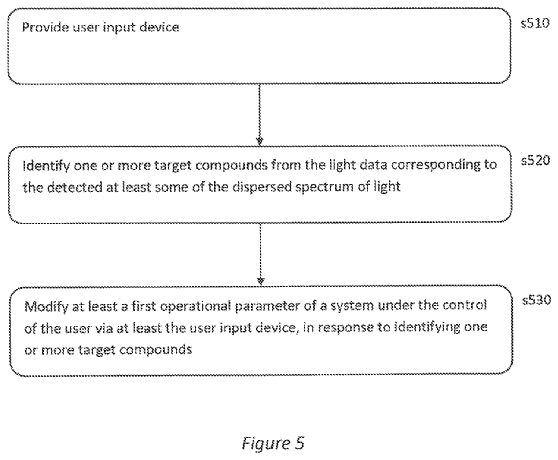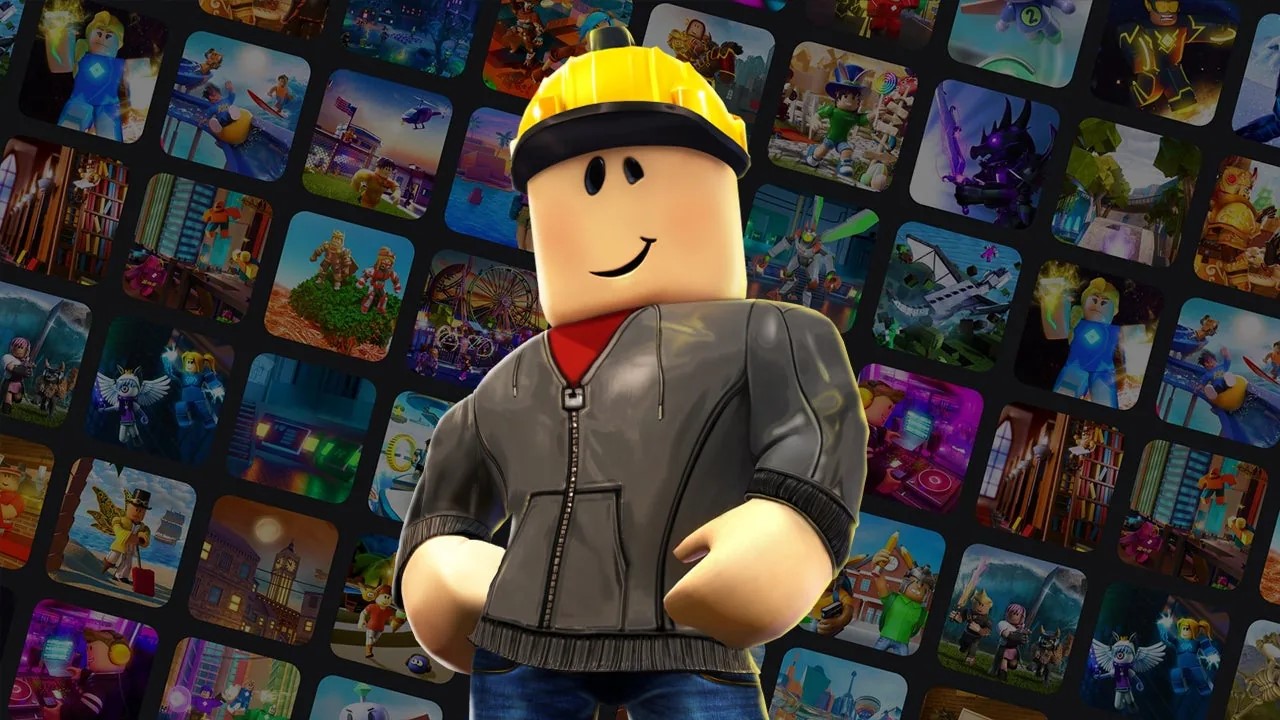- Sony has published a new patent on using controllers to detect the chemicals in players’ sweat to gauge stress levels.
- It wants to use the new biometric system to judge whether a player lacks cortisol or anything else that indicates low stress levels.
- If high fatigue is detected, the game difficulty might be lowered, hit boxes might become more forgiving, and the like.
In recent years, Sony has been on a spree to publish patents that intend to make gaming more convenient and accessible for players. Now, we’ve stumbled upon a new patent that wants to ensure that no players end up too stressed during gameplay in real time.
The patent discusses detecting the chemicals in players’ sweat using controllers to monitor stress levels while gaming. Sony wants to achieve this using spectroscopy, a way to find chemicals based on how light scatters when it hits the sweat.
So, if the glucose or cortisol levels in the sweat are low, the system can conclude that a player has become fatigued because of the game. Sony may adjust gameplay by lowering its difficulty or suggesting a break to help the player feel better.
low levels of glucose in the user’s sweat can indicate a low blood sugar level, which can leave the user feeling tired and shaky. Again the game can give the user a deliberate rest by altering in-game event timings, and/or alter difficulty levels, error tolerances, and the like.
Why it matters: The patent suggests Sony wants to control gamers’ stress levels during gameplay actively. Lowering difficulty might help players control frustration and improve their mood if it detects higher stress.

The patent “Biometric system and method” describes adjusting games for stressed players by easing timed events, enlarging enemy hitboxes, matching with weaker opponents, and more to reduce frustration.
Sony says monitoring stress usually needs a separate device, which isn’t convenient. So, it wants to add this feature to the PlayStation controller to help players enjoy games without stress.
muscle fatigue may have a correlation with response times or posture, and so the system may prompt greater error tolerance for rhythm/dance games, or increase the size of hit boxes in a fighting game.

This same technology can also be added to VR headsets so that gameplay can be dynamically adapted to the fatigue levels of a player across various PlayStation platforms.
Sony has also secured various innovative patents over the years, including one for expediting the development of AI-powered game remasters and another for creating AI ghost players for real-time player assistance.
Do you think it is right for Sony to detect players’ stress levels and modify the game’s difficulty and other elements based on it? Let us know your thoughts in the comments below, or join the discussion on the Tech4Gamers forum.
Thank you! Please share your positive feedback. 🔋
How could we improve this post? Please Help us. 😔
Shameer Sarfaraz has previously worked for eXputer as a Senior News Writer for several years. Now with Tech4Gamers, he loves to devoutly keep up with the latest gaming and entertainment industries. He has a Bachelor’s Degree in Computer Science and years of experience reporting on games. Besides his passion for breaking news stories, Shahmeer loves spending his leisure time farming away in Stardew Valley. VGC, IGN, GameSpot, Game Rant, TheGamer, GamingBolt, The Verge, NME, Metro, Dot Esports, GameByte, Kotaku Australia, PC Gamer, and more have cited his articles.


 Threads
Threads

